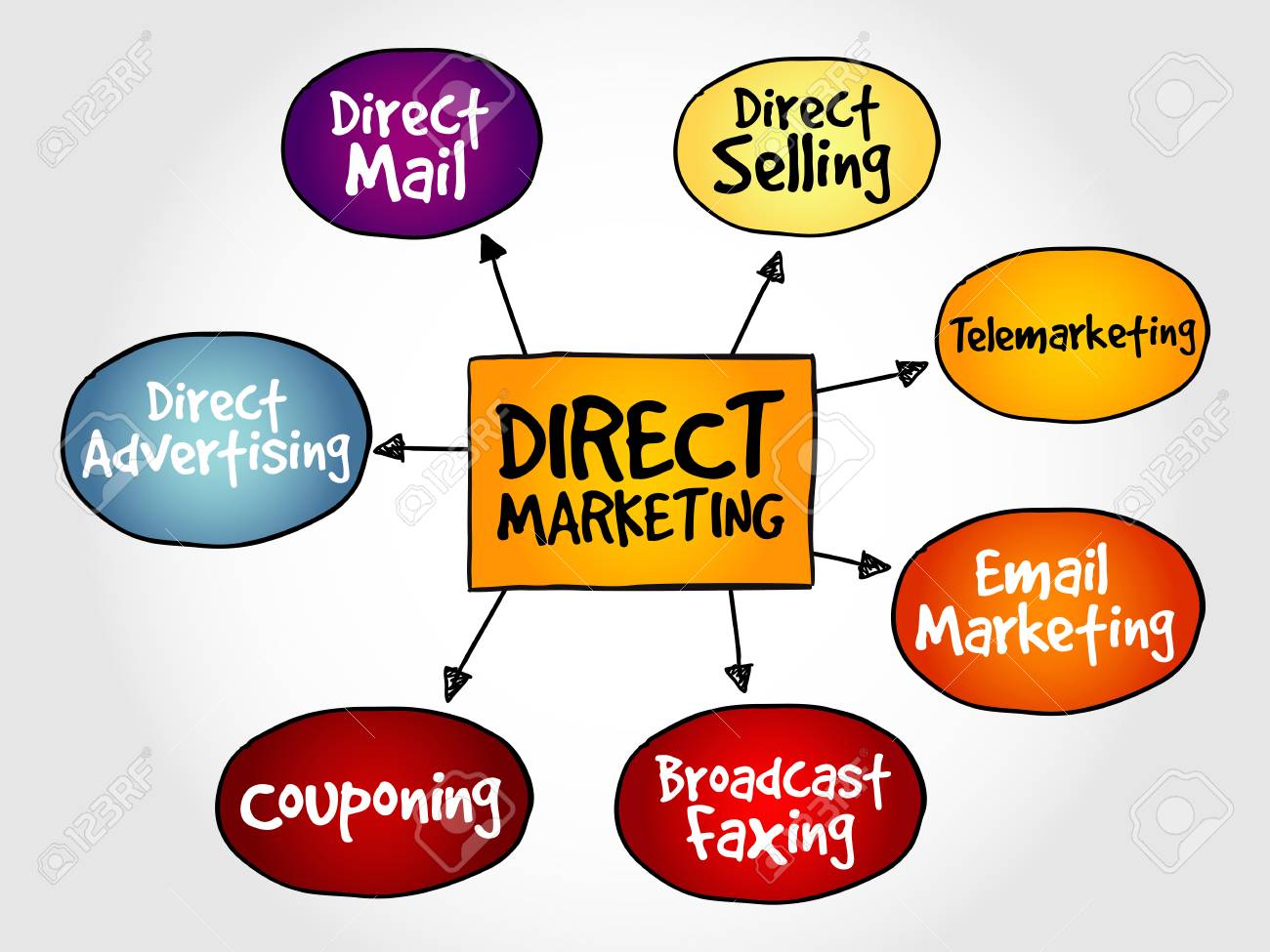What Is Direct Marketing?
Direct marketing is an advertising strategy that relies on the individual distribution of a sales pitch to potential customers. Mail, email, and texting are among the delivery systems used. It is called direct marketing because it generally eliminates the middleman such as advertising media.
How Direct Marketing Works
Unlike most marketing campaigns, direct marketing campaigns do not rely on advertising in mass media. Instead, they deliver their sales pitches by mail, by phone, or by email. Although the numbers of pitches sent can be massive, an attempt is often made to personalize the message, inserting the recipient’s name or city in a prominent place.
The call to action is a common factor in much of direct marketing. The recipient of the message is urged to immediately respond by calling a toll-free phone number, sending in a reply card, or clicking on a link in an email promotion. Any response is a positive indicator of a prospective purchase. This variety of direct marketing is often called direct response marketing.
Targeting in Direct Marketing
The most effective direct marketing campaigns use lists of targeted prospects in order to send their messages only to the likeliest prospects. The lists might target families who have recently had a baby, or new homeowners, or recent retirees with products or services that they are most likely to need.
Catalogs are a form of direct marketing with a history that dates back to the latter half of the 19th century. In modern times, catalogs are usually sent only to consumers who have indicated an interest by a previous purchase of a similar product.
The Advantages and Disadvantages of Direct Marketing
A direct marketing pitch that is delivered to the widest possible audience is probably the least effective. That is, the company may gain a few customers while merely annoying all of the other recipients. Junk mail, spam email, and texting all are forms of direct marketing that many people can’t get rid of fast enough.
Many companies engage in opt-in or permission marketing, which limits their mailing or emailing to people who have indicated a willingness to receive it. Lists of opt-in subscribers are particularly valuable as they indicate a real interest in the products or services being advertised.
Who Uses Direct Marketing
Despite its drawbacks, direct marketing has its appeal, particularly to companies on a shoestring budget who can’t afford to pay for television or internet advertising campaigns.
Direct marketing is the preferred advertising strategy for small local businesses, which can distribute hundreds of fliers, coupons, or menus for less than it would cost them to place an ad or make a commercial.
By its nature, the effectiveness of a direct marketing campaign is easier to measure than other types of advertising. This is because they often contain a call to action. The company an measure its success by how many consumers make the call, return the card, use the coupon, or click on the link.
Key Takeaways
- Direct marketing relies on distribution to individual consumers rather than advertising in mass media.
- The call to action is a common factor in much of direct marketing.
- The effectiveness of direct marketing is easier to measure than media advertising.
